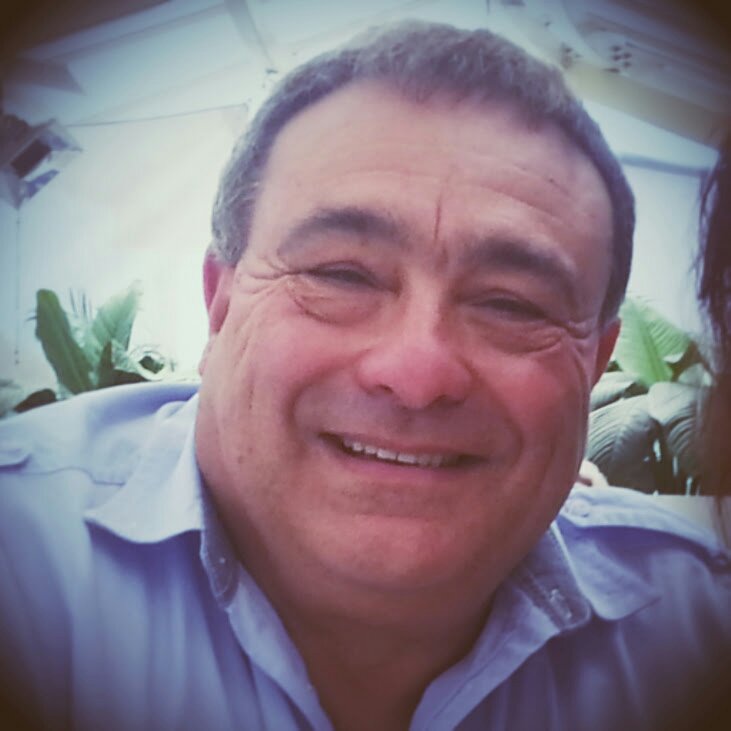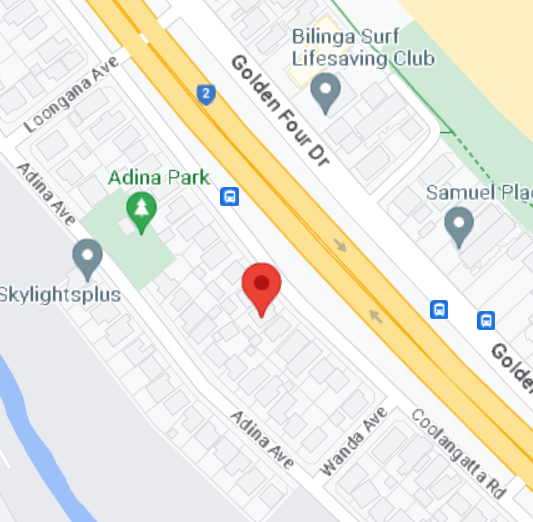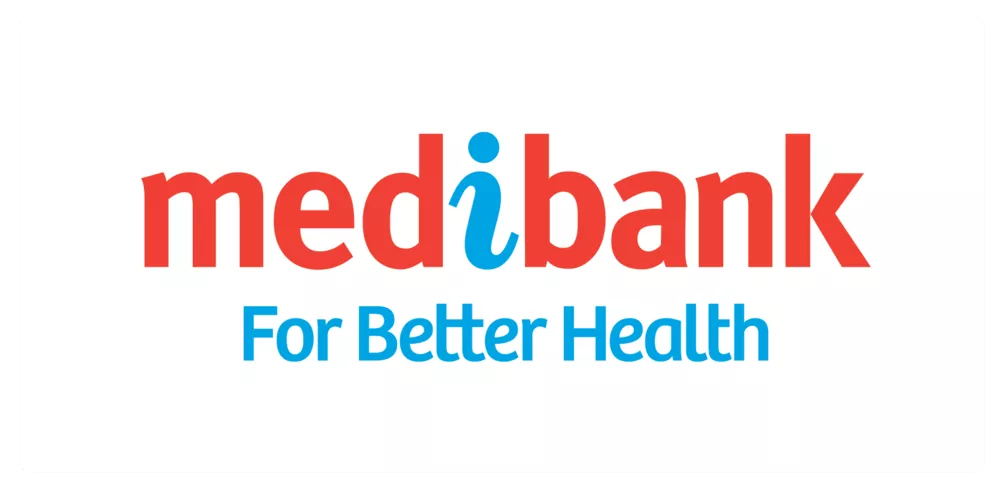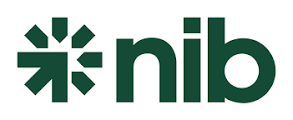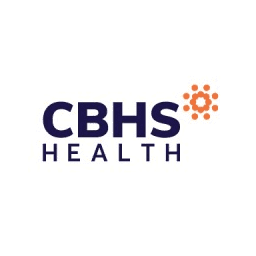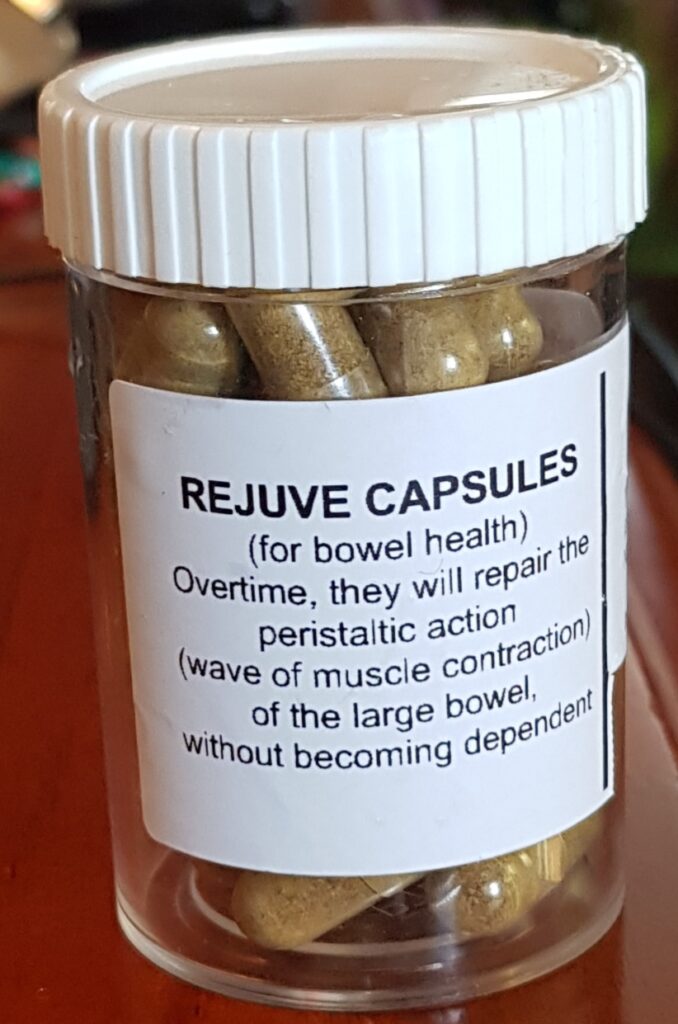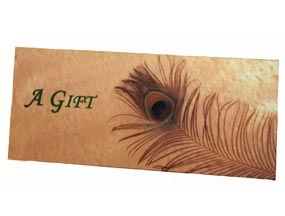Massage – what is it?
Massage is defined as the systematic manipulation of the soft tissues of the body for a curative effect. Soft tissues are made more pliable through massage to promote circulation and blood flow and bring about healing effects: physical and psychological changes for general wellbeing.
What does it involve?
The system of massage treatment involves the therapist using their hands to apply pressure on your body. Therapists use various techniques to work on the body: stroking and gliding (effleurage), kneading the soft tissues (petrissage), or what is termed ‘percussion’ (tapotement).
What are the ‘real’ benefits?
Massage therapy is extremely beneficial to people leading busy lifestyles suffering from what is now commonly encountered work related stress. Massage will not only aid with mental relaxation but will work on physical symptoms of back and neck pain that comes from sitting for an extended period of time at a desk or from physical labour.
The importance of taking regular massage has heightened in recent times as more people recognise how beneficial it is as a way to counteract the effects of sitting in front of a computer screen daily. Corporations are beginning to realise these benefits for staff wellbeing and as a way to increase productivity. By offering mobile massage therapy as a part of employee benefits (see mobile massage) in the workplace it could go a long way to help reduce staff stress levels, which in turn will make for a more cooperative relaxed work environment, and then aid productivity. More obviously if employers spend on massage for their staff they might reduce the cost of lost labour through sick days. Work related stress is a serious problem in society leading to poor health, disease, and death. This situation might be helped if employers take the opportunity to enlist the services of a professional Massage Therapist who will educate about the benefits of relaxation and massage.
Many people wait until they are already in pain or suffering spinal injuries before turning to massage, but why let it get that bad? It is a good idea to take regular massage as a preventative measure so that such injuries do not occur. Regular massage maintenance will increase your overall sense of wellbeing for optimum physical and mental health, helping you to achieve your goals.
Massage is used to treat a wide range of disorders, such as:
- Insomnia
- Muscular tension
- Headaches and migraines
- Work related stress
- Repetitive strain injury
- Depression
- Arthritis
- Eating disorders and digestive dysfunction
- Pre-natal pregnancy conditions
- Fibrositis
- Spondylitis
- Frozen shoulder
- Whiplash
- Sports and dancing injuries
The power of healing in massage is the energy that flows through the therapist’s hands in touch to refresh, regenerate and revitalise.
Types of Massage – what type of massage is best for me?
There are several forms of massage on offer, and it can be confusing to know what will work best for a particular ailment or condition. Some massage concentrates more on relaxing the client whilst others will work more deeply at repairing damaged muscle tissue. It may be that you need to try several forms of massage to find what works best for you. You can find more information regarding specific types of massage on the Natural Therapies Pages directory. Here is a brief summary of some commonly found massage therapies:
- Connective Tissue Massage – this technique is connected to the Myofascial release technique, and does not involve the use of oil or lotion. It can relieve chronic tension, improve posture and relieve painful symptoms of chronic diseases such as Arthritis, Tendonitis, TMJ and Sciatica..
- Deep Tissue Massage – focuses on the deeper layers of muscle tissue. It is designed to reach the deep sections of thick muscles, specifically the individual muscle fibres.
- Remedial Massage – works to heat muscles and tendons that are damaged, impaired or knotted. It holistically treats the whole body and traces the discomfort back to the original cause. It uses specialised techniques to support and speed up the body’s own repair mechanisms. The massage is applied directly to the skin usually with an oil lubricant. Passive stretching moves are also employed.
- Shiatsu – is a traditional hands-on Japanese ‘healing therapy’ originating from the Japanese amma therapeutic massage. It is quite an intense form of massage whereby the therapist uses thumbs, elbows, forearms, feet and knees to apply pressure on the body. This is combined with stretches, joint rotations and joint manipulation to give an all-over treatment.
- Swedish Massage – is a system of long strokes, kneading, friction, tapping, percussion, vibration and shaking motions that apply pressure between muscles and bones, rubbing in the same direction as the flow of blood returning to the heart. Swedish Massage feels good, is relaxing and invigorating.
- Trigger Point Therapy – Trigger points, also known as myofascial trigger points, are areas of hyperirritability in the soft tissue structure. These can be acute sources of pain or latent, unnoticed by the client until pressure is applied by the practitioner. Trigger points are manifested as small contraction knots in the muscles, that control the state of contraction and active ones may cause muscle spasm and referred pain.
Treatment consists of physical therapy, manipulation and stretching. A firm digital pressure is applied by the practitioner, who is able to locate the specific points causing pain and restricted movement and these may often be located in places different to where the client actually feels the pain.
Trigger Point Therapy is sometimes incorporated with Sports Massage and the client is usually unclothed for the treatment, which may not include the use of oil. Other factors such as nutrition, stress and chronic illness are also considered, as potential contributors towards the problem. Conditions that will benefit from this modality include:
- Sports Injuries
- Chronic Headaches
- Carpal Tunnel Syndrome
- TMJ
- Neck and Jaw Pain
- Stress and Fatigue
- This therapy is also known as:
- Myofascial Therapy
- Trigger Point Release
- Myofascial Trigger Point Therapy
- Triggerpoint Myotherapy

